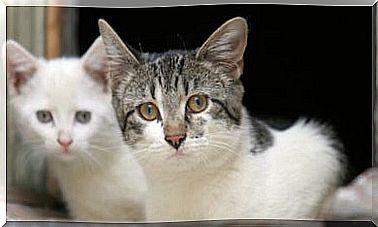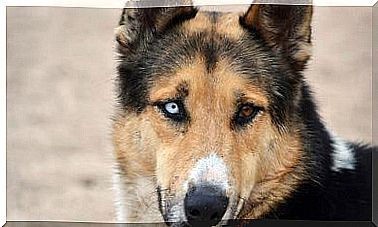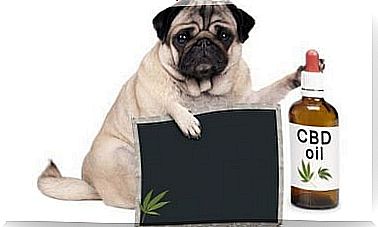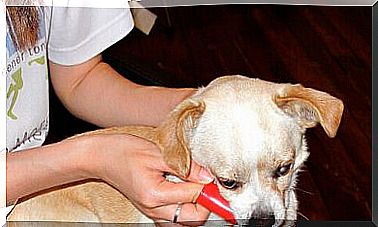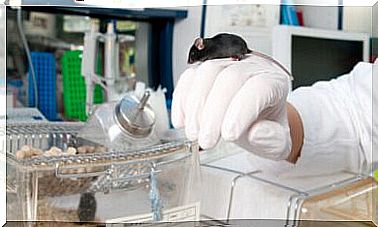Tartar In Dogs: Natural Remedies
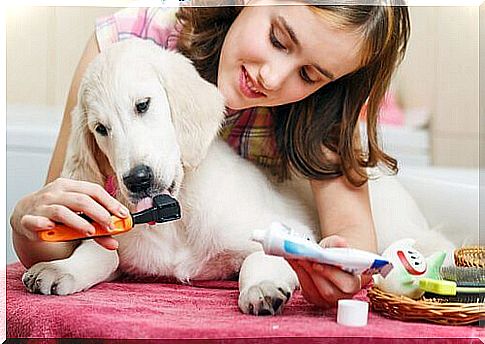
Like humans, pets also suffer from the dreaded tartar , and even for the same reasons. It is a solid plate that is fixed to the base of the dentition, a product of the accumulation of food residues that join with bacteria and mineral salts: a set of elements that, when hardened, becomes a problem.
At first, tartar is a bit soft and thin, and it can be easy to get rid of. But in the long run, it solidifies in such a way that more drastic measures are needed to eradicate it, available only in a veterinary consultation.
Next, we’ll learn a little more about this disease, also called plaque, and some natural measures and remedies to prevent or remedy tartar in dogs.
Signs of Tartar in Dogs
Carefully examine the dog’s mouth and dentition for visible evidence that plaque has formed. It should be noted if dark spots and a yellowish hard cover have appeared at the base of the teeth, very close to the gums.
It is also recommended to review the junction between the teeth themselves, because tartar can also appear in these spaces. Remember the importance of dental hygiene.
This is the first confirmation to make. Before the tartar itself appears, it is possible that the dog will show other signs, such as bad breath and some discomfort with chewing the food. Inflammation of the gums (gingivitis), sores in the oral cavity, excessive salivation and signs of infection in the mouth can be detected .

Long-term consequences of tartar in dogs
The prolonged presence of tartar will have very serious consequences. For example, tooth decay and possible abscesses that can spread to other parts of the head. Lastly, the worst complications are heart, liver, kidney and bowel problems.
Nothing justifies going to these extremes, as it is possible to quickly prevent and treat this situation. When tartar is forming, there are measures to stop its advance and eliminate it. Afterwards, periodic review and care will prevent it from appearing again.
When some time has passed and the stiffened plate, take the dog to the veterinarian for review periodically. This is the best option for mechanically removing tartar remains.
How to prevent and remedy tartar formation in dogs
It is important to know that certain dog breeds are more likely than others to suffer from this problem. An example are very small breeds and those with a flat snout (so-called brachycephalic ). Elderly dogs are also more likely.
Let’s look at some of the natural measures and remedies for owners to avoid tartar in dogs:
dental hygiene
The veterinarian is the one who knows how to do it the best way, but he can also give the owner tasks to do it himself with the appropriate frequency. The frequency is not the same as that of humans and the same tools are not used. You need a special toothbrush and toothpaste (humans’ ones are toxic to them).
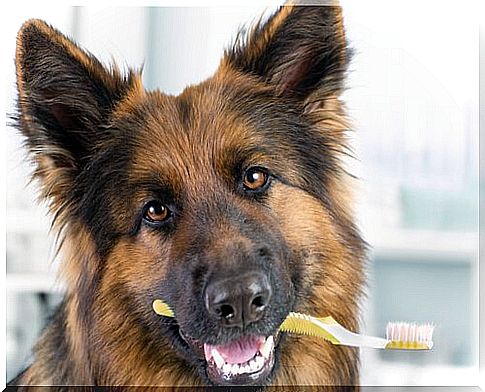
If the dog is not used to it, you need to conquer its fear first. Habit is what will make you accept hygiene with ease. It needs to be rinsed very well and it is good to finish with the application of chlorhexidine in spray or gel.
Adequate food
The dog’s food cannot be the same as that of humans, and he should not eat leftovers or contraindicated ingredients. In a natural environment, dogs would have a variety of natural textures available. Some of them can be a way to clean the animal’s teeth.
Treats & Special Toys
There are some commercial treats and pet toys on the market designed specifically to reduce the risk of tartar. Our pet will have fun and clean his mouth at the same time.
Cleaning with baking soda and apple cider vinegar
Baking soda is used to brush your teeth. To do this, just dilute a spoonful in a glass of water. Vinegar is also used for proper brushing, pure and followed by a good rinse.
Carrots and fruit and vegetable peels
When eating vegetables and crispy skins, dogs automatically scrape the surface of their teeth, and this amounts to a kind of natural cleaning.
As we can see, there are many measures that owners can take to prevent the emergence of tartar in dogs and prevent possible complications to the animal’s health.

